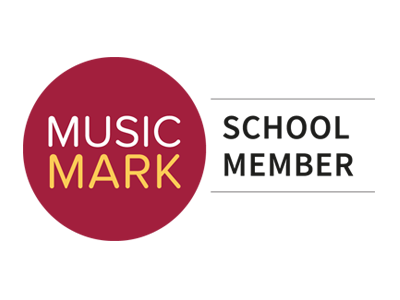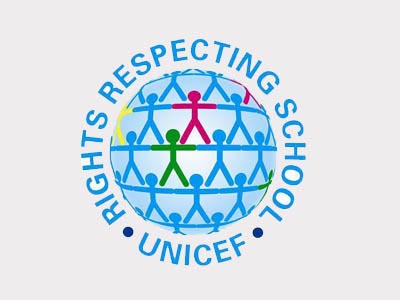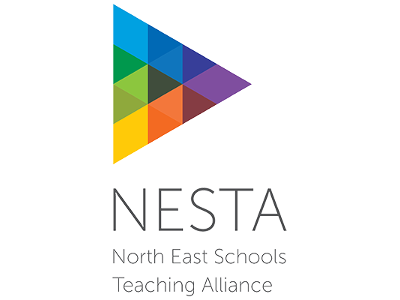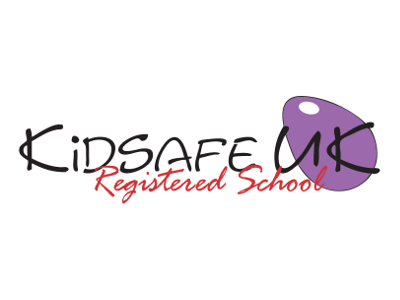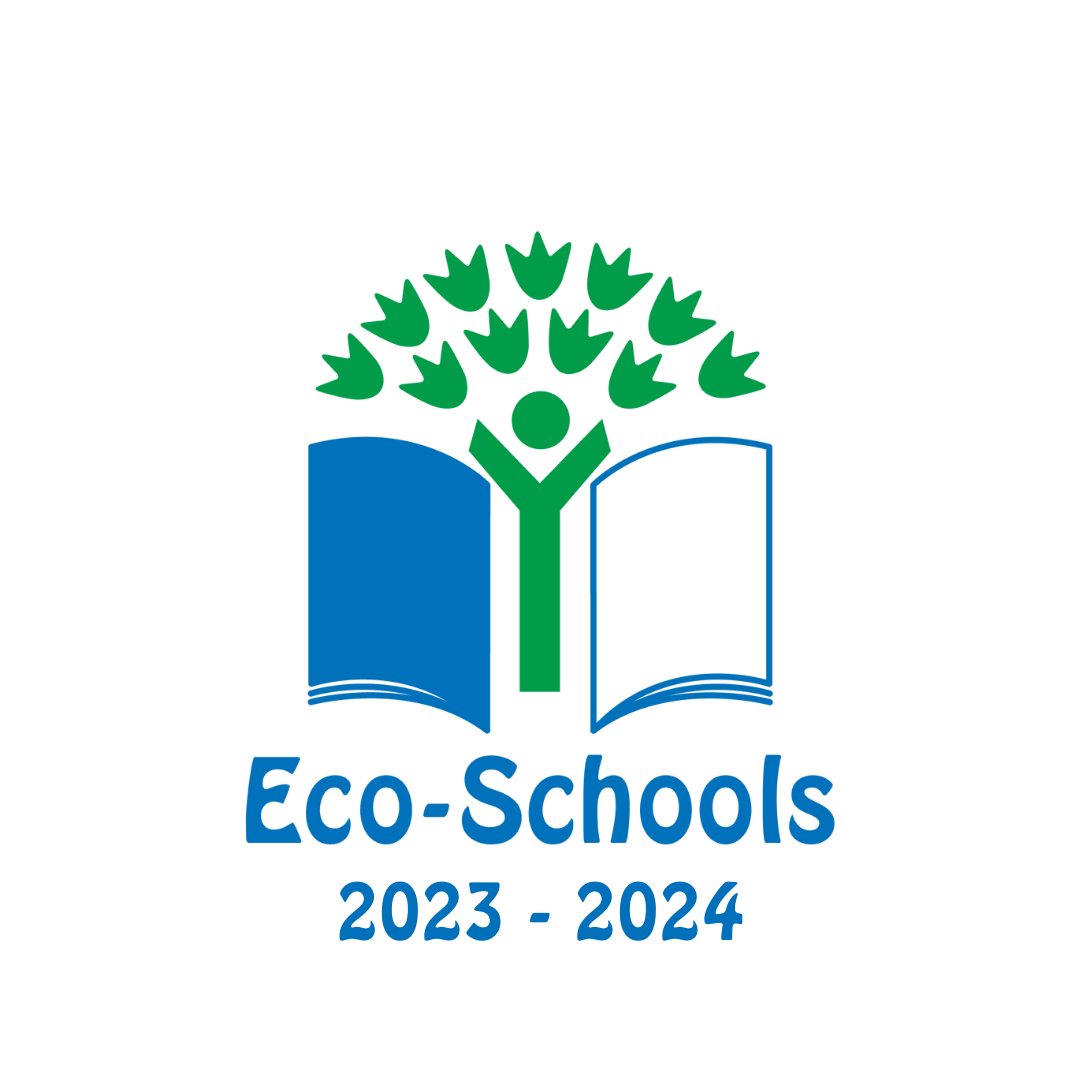Geography – Year 3
Download
Download our Year 3 Geography curriculum here.
Geographical Enquiry |
Physical Geography |
Human Geography |
Geographical Knowledge |
|---|---|---|---|
|
|
|
|
Purpose of study |
|---|
| Pupils should extend their knowledge and understanding beyond the local area to include the United Kingdom and Europe, North and South America. This will include the location and characteristics of a range of the world’s most significant human and physical features. They should develop their use of geographical tools and skills to enhance their locational and place knowledge. |
Aims |
|---|
| Location knowledge Name and locate the continents on a world map. Locate the world’s countries, using maps to focus on Europe, concentrating on their environmental regions, key physical and human characteristics, countries and major cities. Locate the main countries of Europe including Russia. Identify capital cities of Europe. Locate and name the countries making up the united Kingdom with their capital cities. Identify the position and significance of latitude, longitude, Equator, Northern Hemisphere, Southern Hemisphere, the Tropics of Cancer and Capricorn, Arctic and Antarctic Circle, the Prime/Greenwich Meridian and time zones (including day and night). Place knowledge Understand geographical similarities and differences through study of human and physical geography of a region of the United Kingdom and a region in South America. Human and physical geography Describe and understand key aspects of: Physical geography, including: climate zones, mountains, volcanoes and earthquakes. Human geography,including: types of settlement and land use, economic activity including trade links and the distribution of natural resources including energy, food, minerals and water. Geographical skills and fieldwork Use maps, atlases and globes to locate countries and describe features studied Use the eight points of a compass, four and six-figure grid references, symbols and key (including the use of Ordnance Survey maps) to build their knowledge of the United Kingdom and the wider world |
| Possible topic:
Brazil – rivers |
Possible topics:
|
Possible topics:
|




